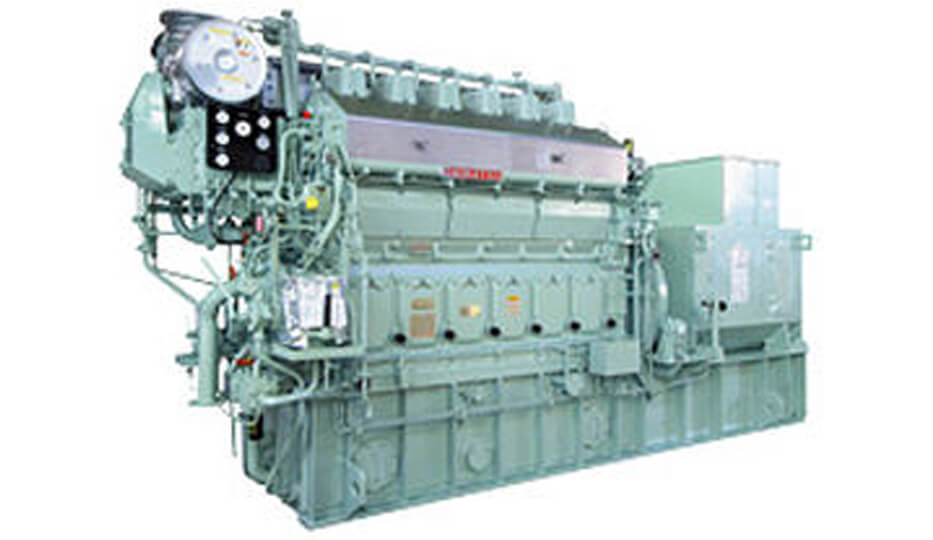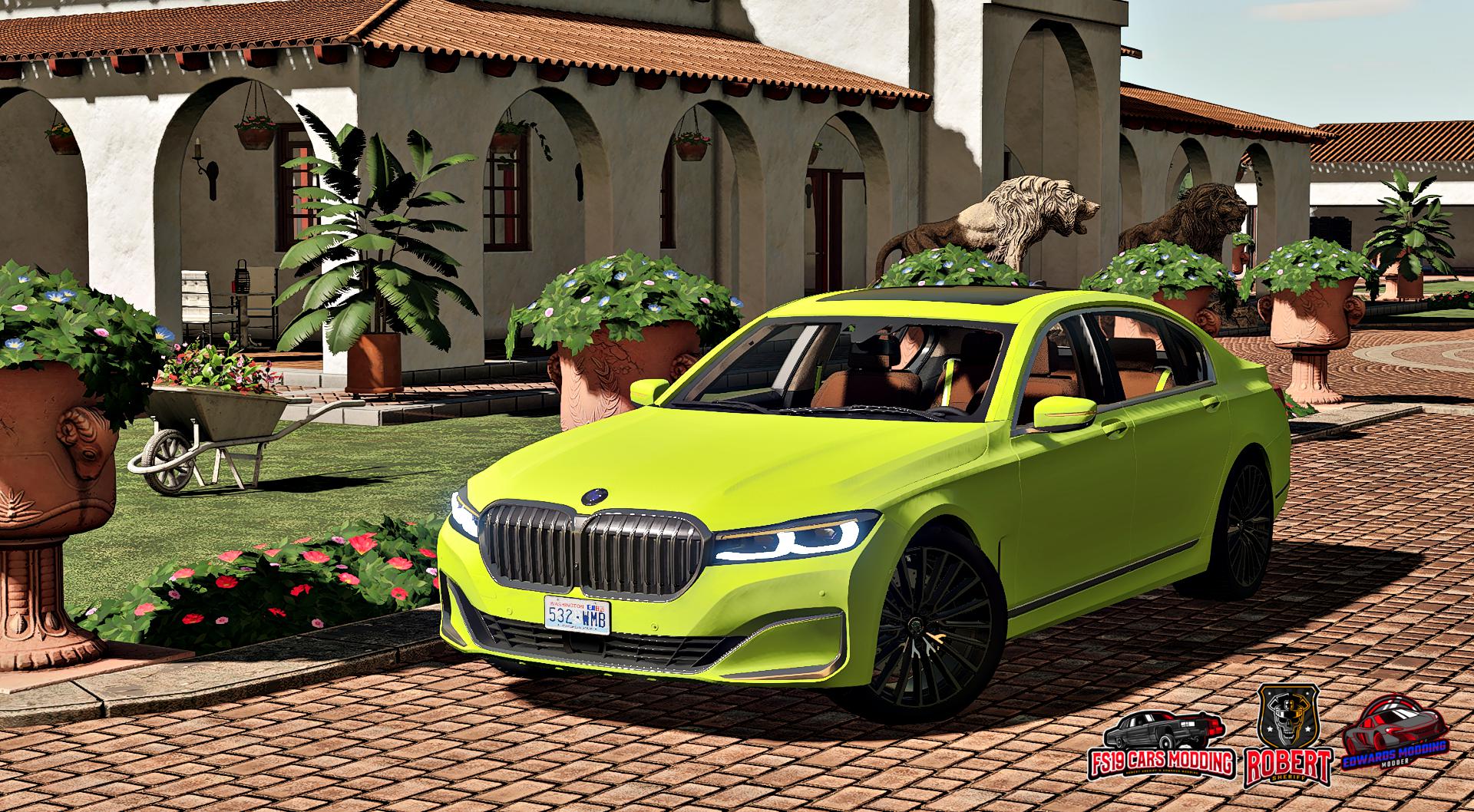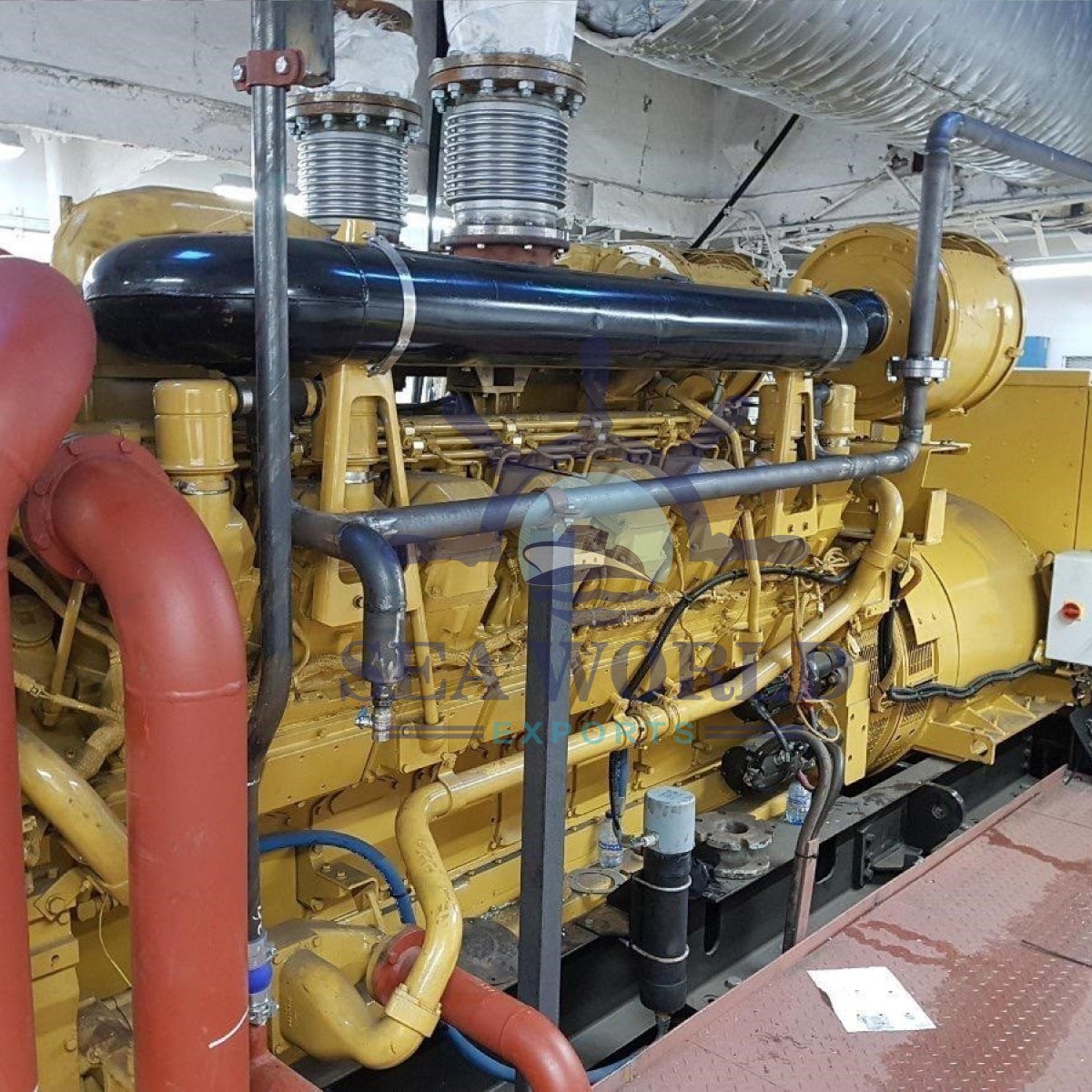

In its latest DVVT form, called 'ED-VE', it was kept in production until 2014 for the Perodua Viva. The ED engine was to undergo a long development as production was later taken over by Malaysia's Perodua. Daihatsu fitted this 847 cc displacement ED-20 engine to the L500 series 1994.09–1998.05 Daihatsu Cuore/Domino/Handi export model and in early export versions of the Daihatsu Move. In 1994 Daihatsu equipped the ED series with indirect multipoint fuel injection, called the ED-20. This engine has never been available in the domestic Japanese market. The ED-series had undergone several changes from being carbureted 'ED-10' to 'ED-DE' where the introduction of fuel injected DOHC had been introduced, reviving this newly redesigned engine. The ED-series is a 847 cc (0.85 L) version originally intended for the export versions of the Cuore/Mira. This engine was also used for an economy version of the Italian Innocenti Mini, until replaced by the later 660 cc EF engine. There is also a rare supercharged version developed for the Hijet Pickup, to provide extra low-down torque and allow for an air conditioning unit to be fitted and used even when heavily loaded. This is still the only Kei engine to have reached the 64 PS threshold with only two valves per cylinder.

However, the EB was available with an IHI turbocharger and intercooler, originally carburetted but later with fuel injection. The EB-series was only ever available with an SOHC valvetrain and two valves per cylinder, as Daihatsu were late to adopt multi-valve technology for their kei car range. This engine has not been exported to any great extent, with Daihatsu's export models usually receiving the larger ED and C-series engines. Power claims for the very earliest Mira/Cuore models are in gross rather than net, which explains slight differences in power ratings for the first few years.

Outputs range between 32 PS (24 kW) to 64 PS (47 kW), the maximum allowed for a Kei car. Bore is 62 mm and stroke is 60.5 mm, with a firing order of 1-2-3. From April 2014, it will start replacing the sensor, which will take around 40 to 50 minutes, he said.The EB-series is a 547 cc (0.55 L) version built in Daihatsu's Osaka plant in Japan, meant for their domestic market range of Kei cars. Since it will take time to prepare components needed to replace the sensor, Daihatsu will first make a change in a computer program that controls the engine, which will take about 10 minutes, the spokesman said. Daihatsu is also recalling around 40 vehicles in Hong Kong, a spokesman said. The recalled vehicles, manufactured between November 2005 and June 2010, include certain models of the Tanto and the Mira. No accidents have been reported as a result of the glitch, said Daihatsu, a group company of Toyota Motor Corp 7203.T that makes 660 cc minicars. The sensor could break because a coil inside is not durable enough and the engine could stop when the car is running or may not start at all, the carmaker said in a statement filed to Japan’s transport ministry. TOKYO (Reuters) - Daihatsu Motor Co 7262.T said it is recalling a record 892,000 vehicles, mostly in Japan, over an engine sensor glitch.


 0 kommentar(er)
0 kommentar(er)
